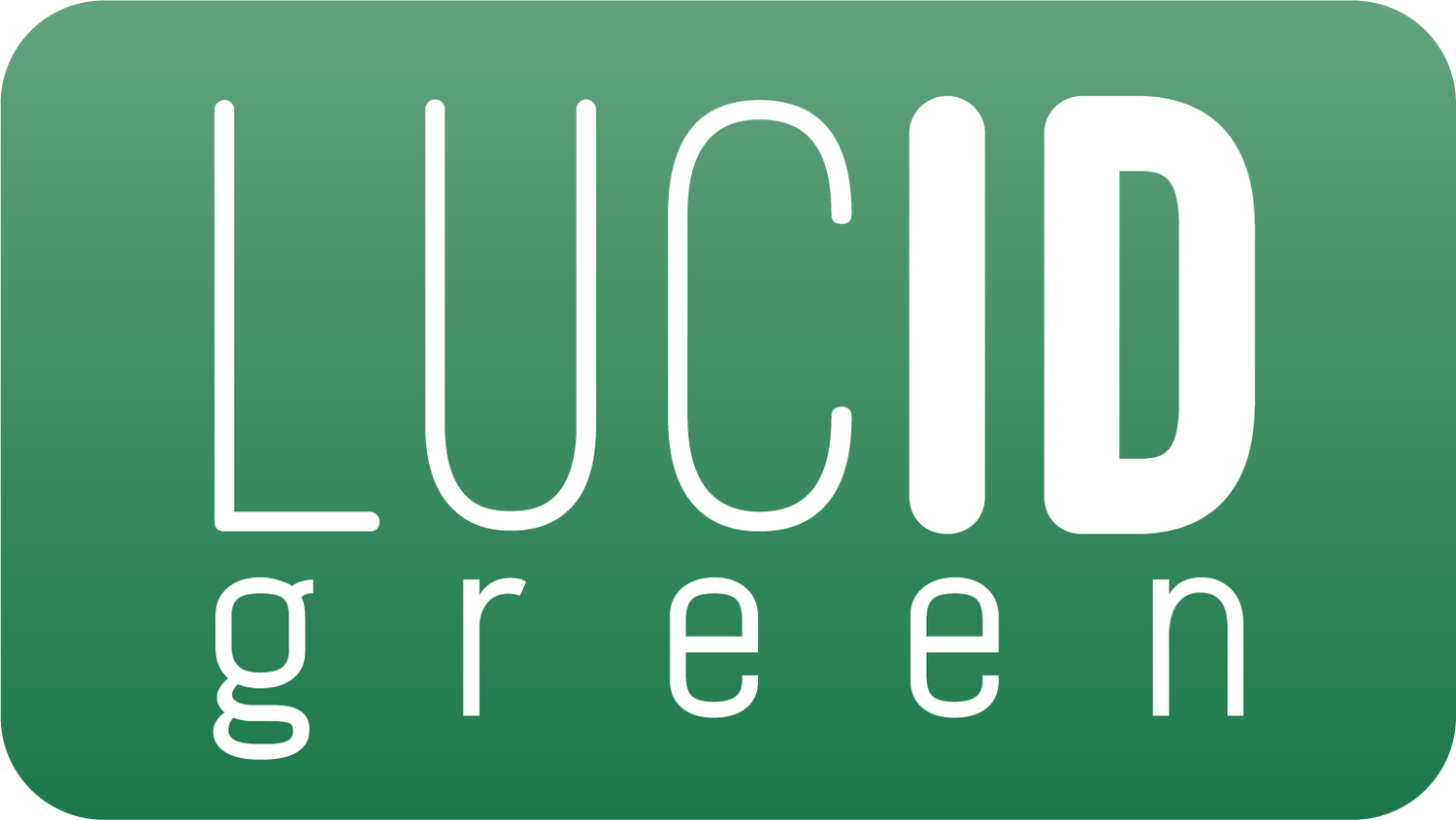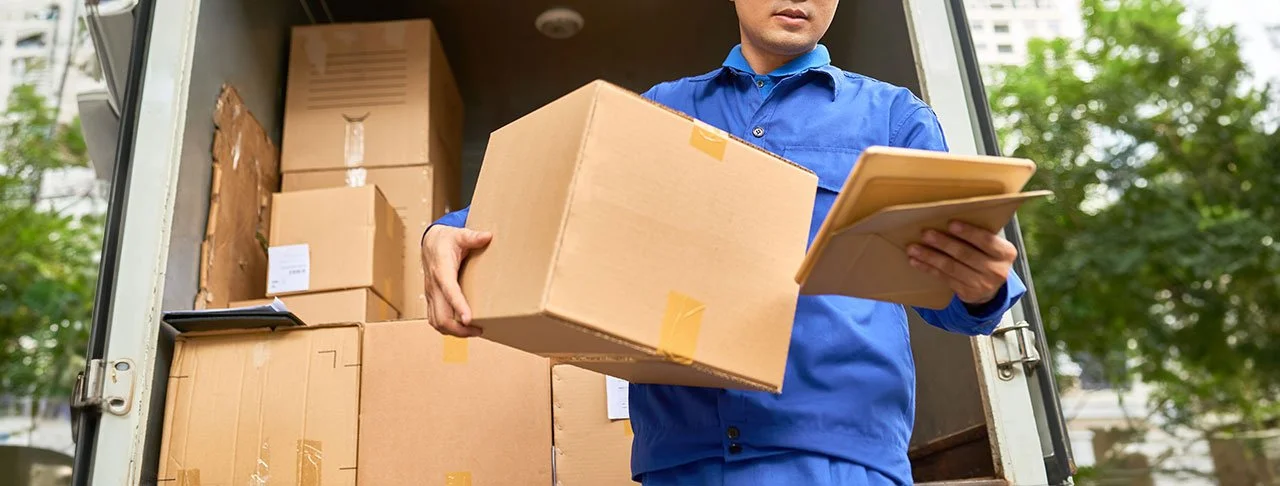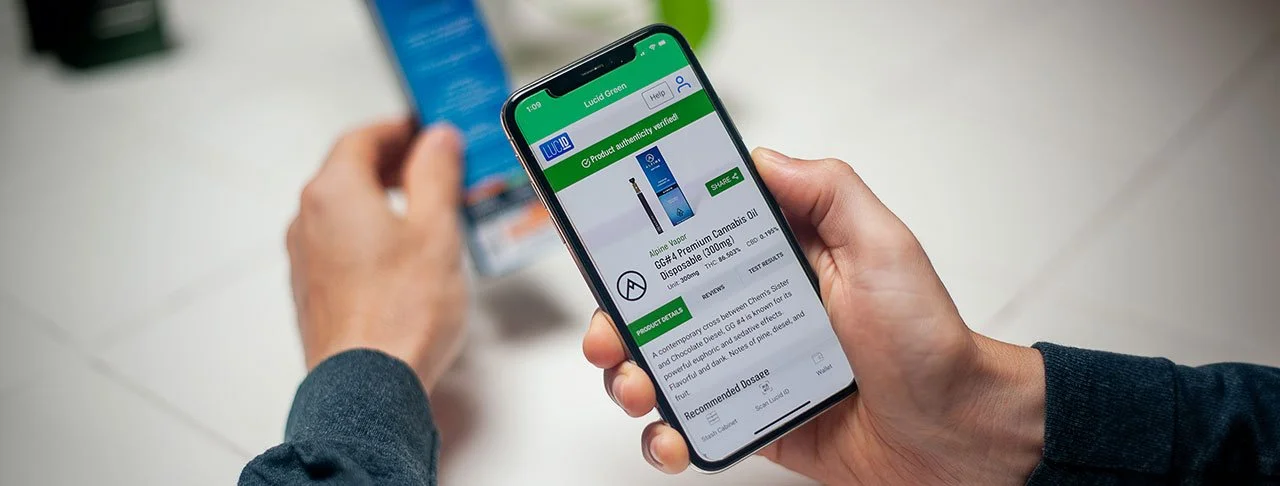CannaTech’s Two-Dimensional Barcode Revolution
The high-tech supply chain optimization tech is so envied that GS1 US is encouraging “a migration path toward the next dimension of barcodes” in this decade
Barcodes are a ubiquitous part of everyday life. They make grocery store checkout faster, ensure proper prescription dosages in hospitals and track inventory in warehouses. But fifty years ago, barcodes were considered a failed experiment. Scanners necessary for implementing Universal Product Codes (UPC) were expensive, and manufacturers and retailers were at a stalemate for who was going to take the first investment leap.
Eventually, in 1974, the first official UPC appeared on a package of Wrigley’s gum and, even though the system was plagued with slow adoption, barcode labels began to show their practicality. Not only did they lower overhead costs for retailers, they also provided data detailing which products were bestsellers and which ones languished on the shelves. Store buyers gained access to the knowledge of what categories and types of products drove profit and could scale their offerings to exclude the ones that didn’t earn their keep.
UPCs became a predictable part of shopping, and in 1999, a Price Waterhouse Cooper analysis estimated that the UPC was saving the grocery industry $17 billion each year. A year later, the Uniform Code Council, Inc. stated that the UPC symbol was scanned approximately five billion times per day. What began as an invention for the grocery industry quickly became a staple across industries around the globe.
In the decades since, UPCs have optimized manufacturing, shipping, purchasing and every logistical step in between, but that doesn’t mean there isn’t room for improvement and innovation. As the market changes, so too must the operational processes that accompany the sale and distribution of products—meaning, the barcode needs to keep up. Suppliers now need an innovation that meets today’s growing demands for product information transparency, traceability and authentication.
Enter: The 2D barcode.
The New Barcode Pioneers
Image sources is here
The 2D barcode has a number of nicknames, including data matrix and PD417, but the most recognizable is likely the Quick Response code, or QR code. This square black and white barcode with cells arranged in a quirky grid became particularly popular during the socially distanced and touch-free pandemic era. During that time, businesses switched to scannable QR codes to replace everything from menus to advertisements. Digital media also jumped on board, adding QR codes to TV banners that directed viewers to an online webpage or storefront. QR codes have become business as usual and are included in everything from preschool applications to concert tickets. Now, the 2D barcode is poised to enhance, if not replace, the widely accepted UPC.
GS1 US, a not-for-profit information standards organization that creates global supply chain standards and administers the UPC barcode, pointed to 2D barcodes as one of the hottest topics in industry innovation and the future of the supply chain at its annual GS1 Connect Conference earlier this year. GS1 Chief Executive Officer Bob Carpenter highlighted the 2D barcode’s capabilities in his keynote address, saying the technology had more capacity to store data, enhance the shopping experience for consumers and make regulatory compliance more straightforward when compared to the traditional UPC.
At the end of his presentation, Carpenter dropped a bombshell on the audience: 2D barcodes are a global retail necessity and they will replace UPCs in this decade.
Little does he know that a surprising business sector is already leading the charge for this new barcode revolution—the cannabis industry.
Cannabusiness Complexity
Image source is here
The cannabis supply chain can be extremely complex. To begin with, the legal and regulatory restrictions around cannabis vary widely depending on the nation or state where it’s being processed. In the United States, for example, cannabis continues to be illegal on a federal level. In fact, it is still classified as a Schedule 1 drug, alongside heroin and LSD, nationwide. On a state level, however, 23 states have deemed it legal for recreational use, while 37 have legalized cannabis for medicinal use. That means each state’s economic ecosystem has its own unique way of approaching the sale, storage and distribution of cannabis. Multiply that by 50, plus Puerto Rico, Guam, and the U.S. Virgin Islands, and it’s easy to see how keeping up with the ever-evolving boundaries in the United States alone could be a logistical nightmare.
To combat these roadblocks and provide a solution for this complicated market landscape, cannabis supply chain tech innovator Lucid Green developed and implemented a 2D barcode network within the cannabis industry. Over the past five years, the company has tested this technology and witnessed it make successful headways in key supply chain areas that no previous technology had been able to accomplish, including item-level tracking, recall minimization and counterfeit prevention.
Total Product Recall Prevention
Image source is here
Product recalls can create catastrophes for companies, and in 2022, they reached record-breaking levels. The number of consumer product recalls in 2022 increased by nearly one-third over the previous year, and FDA food recalls by the number of units in 2022 increased by a magnitude of 700.6%. Cannabis wasn’t immune to this experience either. California and Oregon issued mandatory and voluntary recalls for multiple marijuana products because of potential pesticide and fungal contaminations and packaging defects.
When these types of recalls happen, companies often have no choice but to remove the entire line of products from circulation and even issue refunds to consumers, regardless of whether or not every single product truly experienced contamination or defect. Without the ability to pinpoint these problems, the interest in safety demands that all of the products be removed.
But total recall doesn’t have to be the only option. Through its 2D barcode-enabled item-level tracking, Lucid Green found that scanning products at each level of integration into the supply chain allowed the company to eliminate its need for batch-wide or product-wide recalls. With this technology, it is possible to know with certainty which products have been contaminated and which have not, saving money and time, while safely preventing millions of product units from being unnecessarily eliminated from consumption or use.
What’s more, item-level tracking provides companies with inventory and planning insights unlocks a data set critical to maintaining integrity and transparency, and creates a digital breadcrumb trail to fall back on—something that is critical in an industry that endures extreme regulations regarding compliance and taxation. With 2D barcodes, cannabusinesses can properly monitor a high number of SKUs and shipments while maintaining exact product counts, lowering human error and potential confusion.
Case Thresholding and Product Tracking
Image source is here
Recalls don’t exclusively occur on the consumer end. If a retailer receives an incorrect number of units when ordering a case of product, the next step is typically a recall or refund. Companies then send an entirely new case of products to the retailer, equaling wasted time and resources for both parties. In other consumable industries, having one unit that can be tracked to an entire batch tends to be considered “good enough,” but errors and confusion like this can be especially detrimental in the highly regulated cannabis industry.
To address this, Lucid Green’s 2D barcode system utilizes CaseIDs to log all products in a case. LucidIDs are linked to the CaseID, so if any issues happen during unboxing, it catches these issues early on, before major delays or expensive replacements are required. This case thresholding is not yet in full practice, but the fledgling cannabis industry and Lucid Green is on track to serve as pioneers for this new model. In the future, this would allow companies and retailers to be able to identify and track products down to the individual unit—something that is not common practice in any industry within the retail market.
Using Geofencing and Unique Codes to Combat Counterfeiting
Whether buying dish soap or a loaf of bread, consumers need to know that what they are purchasing matches up with the label claims and ingredients they can see on the packaging. Buyers entering into a retail transaction rightly expect a level of safety and confidence that the product in their hand or online shopping cart is of equal quality to the other products on the shelf, to the item their friends bought and recommended, and to the items they have previously purchased and liked.
Authenticity becomes even more important the higher the item’s market value becomes. Luxury brand names, vintage wine, precious stones and rare art are only as valuable as their legitimacy. This mutual trust is even more critical in the cannabis segment, where lower quality could equate to health issues for users, legal complications for retailers, and a setback for an industry that is just now emerging. But wherever margin makes a difference in profit, and where high consumer demand matches equally high price points, counterfeit issues will certainly plague the market.
Combatting counterfeit cannabis has been an arduous process for brands and consumers alike. In New York, a flood of imitation cannabis products has made it difficult for consumers to spot a fake. When weed dispensaries became legal in the state in 2022, 71% of New York users believed they bought their marijuana through the recreational market, even though there were only two adult-use retail dispensaries in operation. This is likely due to the fact that, at the same time, there were an estimated 1,400 pop-up shops selling cannabis in the state.
California has faced similar challenges but on an even grander scale. Los Angeles is home to a wholesale cannabis packaging district where counterfeiters can purchase supplies to support grey-market marijuana sales. It’s also an operation that moves as quickly as authentic brands. If a licensed cannabis seller adds a layer of counterfeit protection to their labels—maybe a QR code, unique sticker or holographic emblem—counterfeiters can have it duplicated the same day it hits the market.
While 2D barcodes in the form of QR codes can be copied, the edge Lucid Green’s technology has introduced to the market is that its QR codes are unique for every single unit of product. Individual cannabis-related items that a Lucid Green partner distributes are tagged with an identifying marker that exists nowhere else in the world. This technology also creates a geofence for each individual product, marking where it was made and where it is being sold. If any counterfeit concerns arise, brands can track the location of their hundreds or thousands of unique units. This brings a level of anti-counterfeit security, authentication and confidence that can make or break brand loyalty in a category that is often under attack.
The Urgent Need for Barcode Migration
The future of the UPC is here. In fact, it's so envied that GS1 US is encouraging “a migration path toward the next dimension of barcodes.” Its improved traceability is being lauded as the next standardized option the market urgently needs. GS1 US called for “Sunrise 2027,” a transition date when accepting 2D barcodes at the point of sale will need to become common practice.
Intelligent 2D barcodes and their data-rich technology will streamline supply chains, deliver a touchless inventory management solution and lower overhead when it comes to regulatory compliance initiatives.
For consumers, these 2D barcodes unlock countless brand touchpoints that give them an inside look at the product they are considering purchasing or planning to consume. With a simple smartphone scan, they can learn about product ingredients, origin, and intended use, which improves transparency and builds trust. For retailers, this compliant brand packaging solution provides a level of automation previously unavailable with the traditional UPC. One 2D barcode can embed product information and certificates of analysis, improve quality control, facilitate conversations and connections with buyers, enable better sustainability and ethical sourcing, and systematize inventory management.
National retailers are only now discussing the testing of this system and considering ways forward with a technology that Lucid Green and the cannabis industry have already implemented in many ways. More than 400 brands have outfitted more than 37 million products with Lucid Green’s LucidID 2D barcode, effectively revolutionizing cannabis transparency and authentication, but there is much barcode ground left to cover.
In the 1970s, the UPC was a market-shifting invention that brought groundbreaking efficiencies and improvements to the way stores and brands operate. And while the UPC took a few years to gain a foothold, it quickly proved its value. Today, Lucid Green’s 2D barcode ecosystem is leading the way for the future of the retail supply chain, ready to transform the retail industry much like the original UPC, one cannabis sale at a time.







